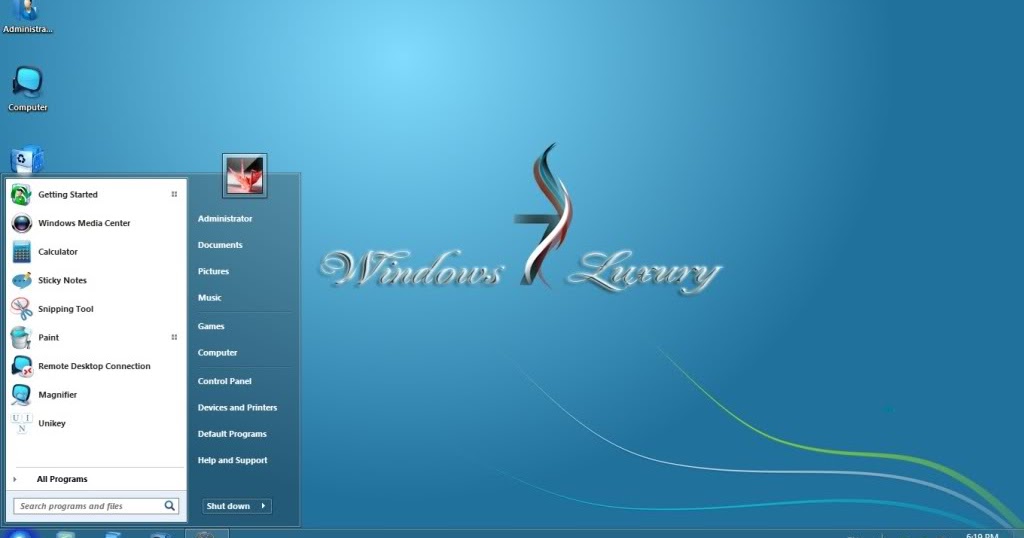

The boot image will not be split across media, so you need to select a destination media capable of handling your desired ISO file size and a little bit more…Īnd that ‘more’ turns out to be a Windows 7 PE environment, complete with boot manager and boot control database. The tool will write to any writeable DVD media, including Blu-Ray, though does not support dual layer DVD. Although the tool itself requires less than 3 MB storage, about 50 MB available space is suggested for all components and operation. NET Framework 2.0 and Microsoft Image Mastering API v2, both downloadable from the Microsoft Store. The tool also runs on Windows XP SP2 and above, and Windows Vista. Don’t forget to run in Administrative mode on Windows 7. The tool only works with ISO files, so you need to have or create an ISO image with your bootable content before using the tool. The most popular being Windows 7 USB/DVD Download ToolĪ few caveats. There are also several short YouTube videos guiding tool use. Windows Eight Forums has a short set of screen shots. Not the first with this idea, though hit counts suggest the Windows 7 USB/DVD tool is not well publicized given the broad adoption of Windows 7 and the exploration of Windows 8. The setup.exe component runs from the USB as well (if you are running it from an existing OS.) A little investigation revealed that I didn’t really need to boot from the USB. Once the configuration changes were made, the USB boot and installation process worked just like the DVD boot media. BIOS needs to be enabled to boot from USB, and the bootable USB prefers to be the first or only USB device visible at power on. The USB boot effort took a little more work. The Windows 8 setup process was straight forward, and I had the evaluation operation system up and running in less than 15 minutes including a quick drive format. Then I created an x86 Windows 8 bootable DVD in another two minutes.įirst effort was the bootable x86 DVD, since the test system is configured to boot from DVD.

The USB option allowed me to create a bootable USB in about another two minutes. The 64 bit Windows 8 Developer ISO file was too large for a DVD. Microsoft provides the Windows 7 USB/DVD Download Tool via the Microsoft Store.ĭownload and installation of the tool took less than a minute. Then I remembered a little known tool used for Windows 7 exploration. The 64 bit developer image is about 5 GB in size. Ahhh, now to create the bootable media for installation. Downloading the x86 and 64 bit images as ISO files was the simple part. Having completed a virtual environment look at Windows 8, I really wanted to give it a shot on dedicated hardware.


 0 kommentar(er)
0 kommentar(er)
